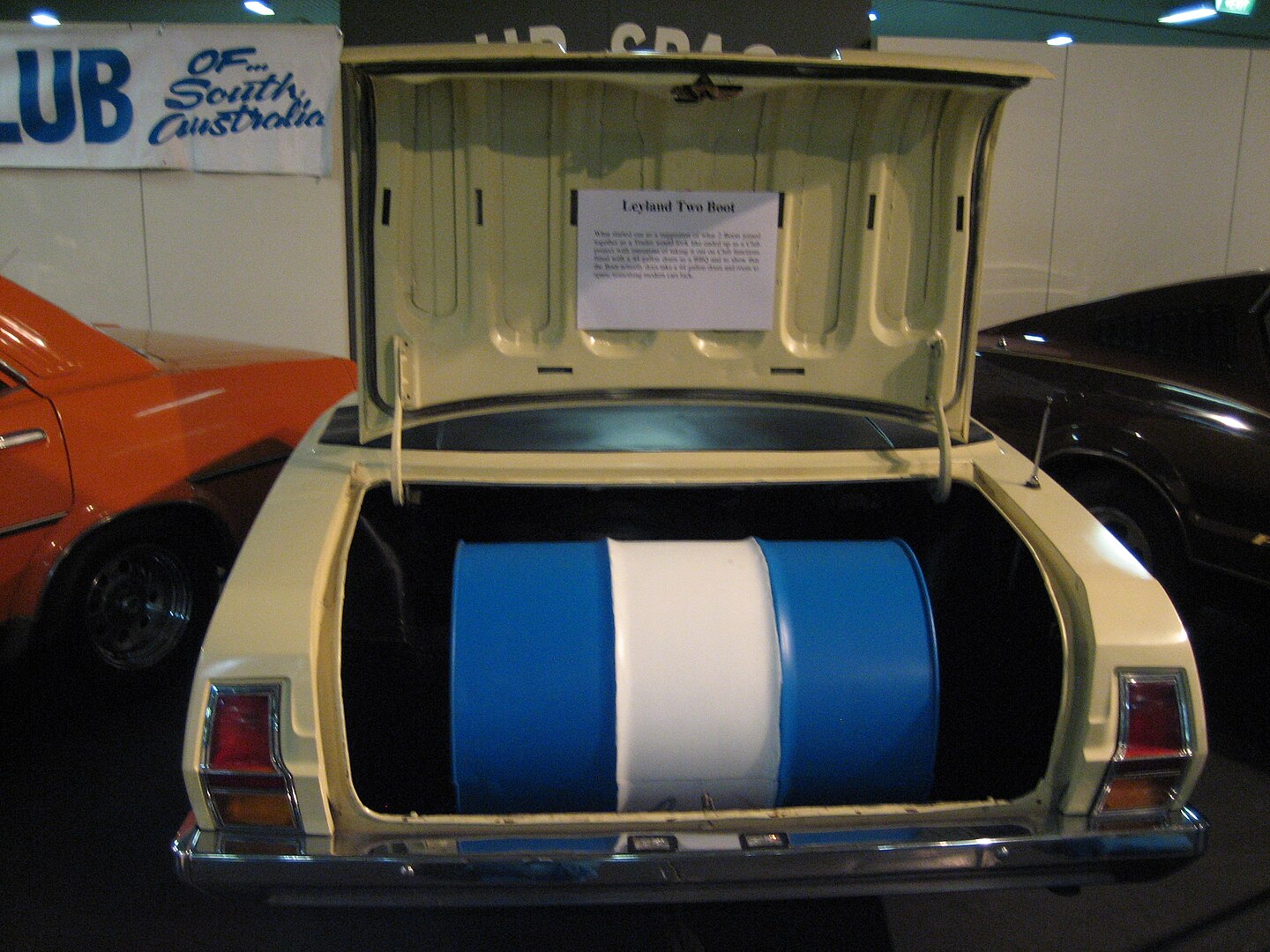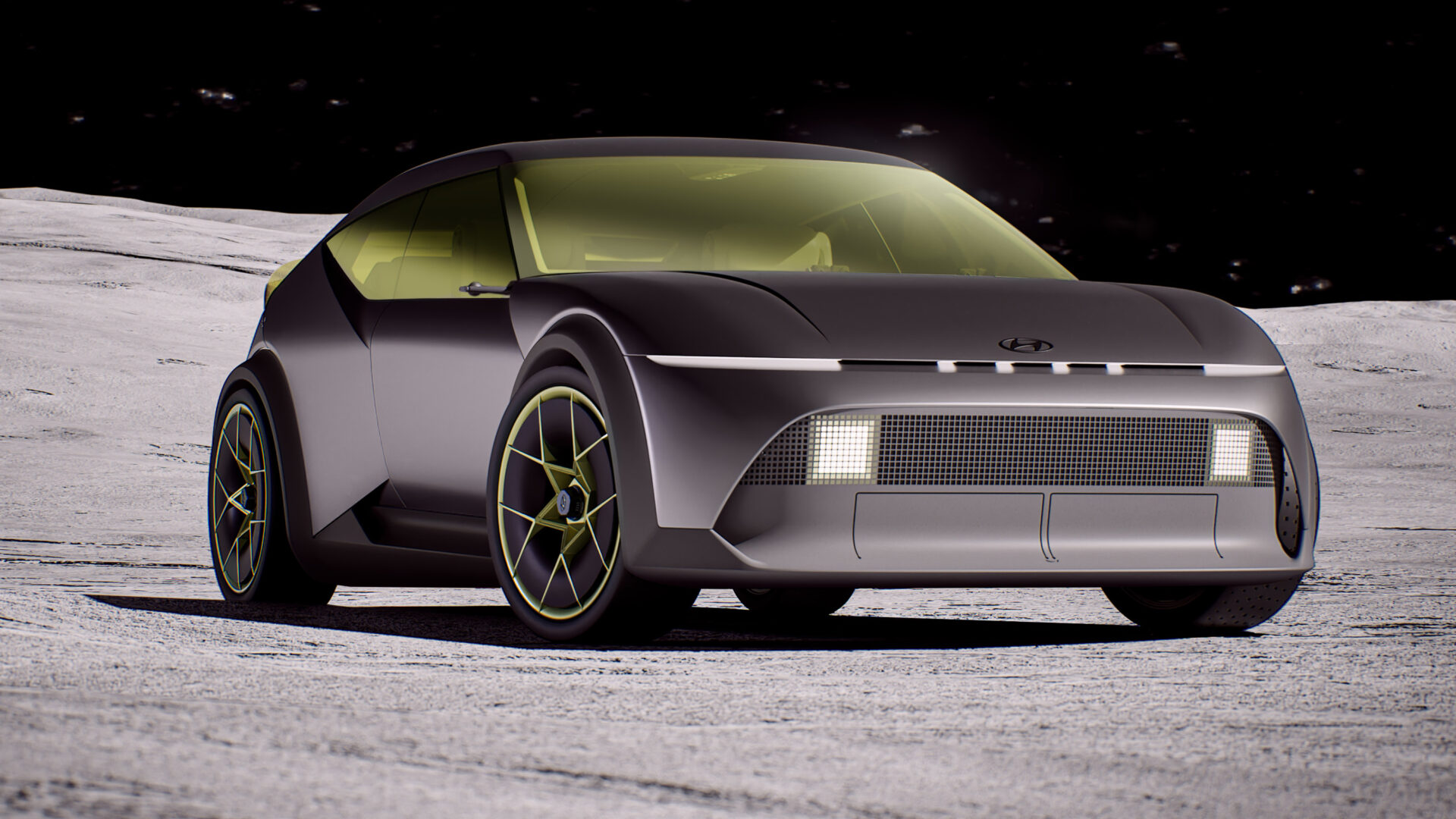F1 2021 is a going to be a very different looking beast. At least, that’s what they’re telling us. Here’s a rundown of what’s happening.
Let’s be honest, F1 has been pretty boring for a few years. Apart from Max Verstappen mouthing off like a third-tier boxer or Sebastian Vettel and his Ferrari team employing a creative director to find new ways of losing races, I mean.
The racing is tedious (for the most part), the new tracks all suck and Mercedes’ incredible – and deserved – domination has made the sport hard to watch. I love Formula 1, have for well over two decades. But these days the five-to-seven year rule blocks mean if a team grabs the initiative, everyone else has to try and catch up.
The rules have changed a bit in the last few years, but not enough to fix the fundamental racing problems. The stupidly complicated engines (nobody cares if they’re hybrid, only the manufacturers) and the aero rules are even worse.
Something had to change.
Bernie Ecclestone sold F1 to Liberty Media a few years back. They put a man who knows a thing or two about domination in charge of turning the tide. Ross Brawn and his team engineered Michael Schumacher and Jenson Button’s world championships for years. He knows how to design cars, how to run them. He was a team owner and (mostly) well-respected in the sport.
With his help, the teams – who don’t ever agree on anything – have come up with the new rule set which we’re calling F1 2021. And as if to wave a big stick at those pesky teams, the World Motorsport Council has already ratified them.
Aerodynamics

The most common complaint from the drivers stems from the dirty air behind the car in front. But really, the air isn’t dirty at all. It’s filthy. Wretched. Worse than a teenager’s bedroom floor. If you’re behind an F1 car, it’s like being inside a barrel rolling down a hill, aerodynamically-speaking.
This problem comes from the dependence on the front and rear wings and all of the finicky bits in between shaping and moving the air to improve downforce and reduce drag. F1 banned those bits in 2007 but they crept back after the sport decided fans wanted faster lap times. Which nobody really cares about, as long as they’re faster than F2 cars.
Sadly, in order to help with reducing turbulent air, we’re going to see the return of wheel covers. Uncovered wheels contribute a huge amount of to the dirty wake.
The new front wing has just four allowable elements and the endplates are part of the main plane and much smoother. That should help stop punctures from contact between wings and wheels. A much simpler rear wing mounts to a single point and should reduce downforce at the rear and therefore mucky air.
DRS stays, at least until the sport agrees it can go because it won’t be needed. Hopefully that’s exactly what happens.
Ground Effect

Something else banned, way back in the early 1980s, was a way to get downforce without spewing junk out the back. They probably didn’t know that at the time, but ground effect didn’t create as much turbulent air as aero devices.
Ground effect is the practice of essentially creating a vacuum under the car by shaping the floor in such a way that it generates an area of low pressure. This sucks the car to the ground without massively increasing drag and slowing the straight line speed. Clever-but-naughty folks like Colin Chapman at Lotus and Gordon Murray at Brabham found ways to hugely increase downforce with variations on this theme. The governing body at the time put a stop to it.
As you can see in the image above, the shape of the new floor is quite different. The vanes at the front direct the air into Venturi tunnels and out through new diffuser at the rear. Notice the absence of barge boards and other air-shaping devices. Much cleaner and simpler.
How much better will it be for the driver behind? Alarmingly, if you’re within one car length behind a car, you have just over half the downforce of your competitor. Drop back three car lengths and the figure is a still-scary 68 percent. Even at seven car lengths, almost 35 metres (almost 120 feet), you have just 80 percent downforce. F1 aero engineers chase single percentage points in the wind tunnel for hours.
Imagine getting to within a few feet of another car on the motorway and the road surface turns to glass – that’s probably what it feels like.
The new figures seem encouraging, but they’re still theoretical – you should have 86 percent if you’re one car length behind an F1 2021 car. At three lengths, you’ll have 94 percent and at the longest distance measured, five lengths, 98 percent. Much better.
Wheels and Tyres

The current wheels and tyres have been roughly the same for over a decade. And 13-inch wheels have been part of the sport for even longer. IndyCar long ago up-sized and they do look more modern.
F1 asked Pirelli for stickier tyres as well as more options for teams to mix up strategy, but they’re basically the same diameter, with the occasional change in width over the years. And things got a lot better after those awful grooved tyres got the bullet.
Along with the ugly wheel covers, the size goes up to 18-inches and the tyres’ profile reduced accordingly. The bigger wheels will probably contribute to higher unsprung weight, but not significantly so.
Little fins over the front wheels are supposed to reduce the amount of turbulent air as well.
Costs
All teams will be subject to a cost cap of US$175m for the development of the car itself. Driver salaries and marketing – and no doubt rockstar team principals and designers – will be exempt from that cap.
Anyone who has watched F1 for the last ten or so years has seen a parade of teams come and go. F1 has always been expensive, but at the moment, it’s hugely expensive. The hybrid engines are pricey, especially if you’re a customer.
A few years ago, a resource cap was a total waste of time because the teams rorted it. Some stuff around the edges helped, like the August shutdown, but that was as much for team personnel and their mental health as anything else.
Some recent changes meant that teams like Haas could buy parts off-the-shelf from Ferrari which meant it actually got to the grid. USF1’s ignominious failure came down to the sheer cost of starting a new team from scratch. The fact two idiots ran it was only part of the story.
Season F1 2021will be longer but the owners have proposed new rules for carving up the cash, with more $1m added for any race over and above a 25-race calendar. Not sure how a 25 race season will reduce costs, but anyway.
The sport will also mandate some standardised parts, such as wheel rims, brakes and radiators. It might also ban things like hydraulic suspension.
F1 weekends will be shorter. Ross Brawn says the teams spend too long at the track and bring too many people. Changes to the sporting regulations will reduce the time available to work on the cars and restrict the changes a team can make during the weekend. The car that rolls into scrutineering on Friday must be the car that races on Sunday. Teams can still test new bits in free practice, but can’t race them on the same weekend.
The rules allow for the engines to weight more and ban expensive materials to reduce cost. Ironically, leaving the engine formula as it is now is probably one of the few changes that will reduce costs, at least for the engine manufacturers. The manufacturers also have to supply the latest spec engine and software packages to customers (if they’re willing to pay), which should please McLaren.
Teams can only perform 400 wind tunnel runs in 2021, dropping to 324 during subsequent seasons.
Parts Sharing
Wheel guns, like the wheels themselves, will be standardised across the teams, but that does mean some teams will have to stump up for more gear.
Teams can also share the load of designing DRS mechanisms, brakes and steering wheels and these are known as open source parts. Which is clever but one wonders if they’ll collaborate. F1 teams are famously silly when dealing with each other. Silly? I meant childish.
Penalties

The most confusing thing for most punters are all the grid penalties. Because the power units are stupidly complex, they break and a driver cops a penalty. The gearboxes have to last forever and break, so the driver cops a penalty. In F1 2021, a set of brakes has to last the entire weekend, so if the team changes them, penalty.
F1 needs fewer, not more penalties. And V10 engines again, but that’s another story.
Safety
For the third time that I can remember, the teams have to increase the size of the cockpit so bigger drivers can fit. That’s less about safety and more about variety – look up Nigel Mansell McLaren 1995. The structure itself will be beefed up to further protect the driver and the halo will stay. Charles Leclerc will be pleased.
A longer nose will absorb more energy in a crash. The nose is lower, like the lovely looking cars of the mid-90s.
Some parts must be covered in a rubber membrane to stop them shattering into a zillion pieces. These pieces are carbon fibre, so are super sharp and cut tyres. Larger bits end up in radiators, stuck in wing elements and radiators. Occasionally a driver gets clobbered by an aero part shearing off on a kerb strike.
More parts have to be tethered to stop them flying about in a crash, too.
Will it work?
Apart from safety, which is non-negotiable, I hope that if only one more thing survives – and actually works – is the aero change. According to F1’s own numbers, the rule changes will make the racing far closer.
Nobody really cares about standard parts or engine penalties. What F1 2021 needs is excitement. It needs more than two title contenders. It needs more fun.




Leave a Reply